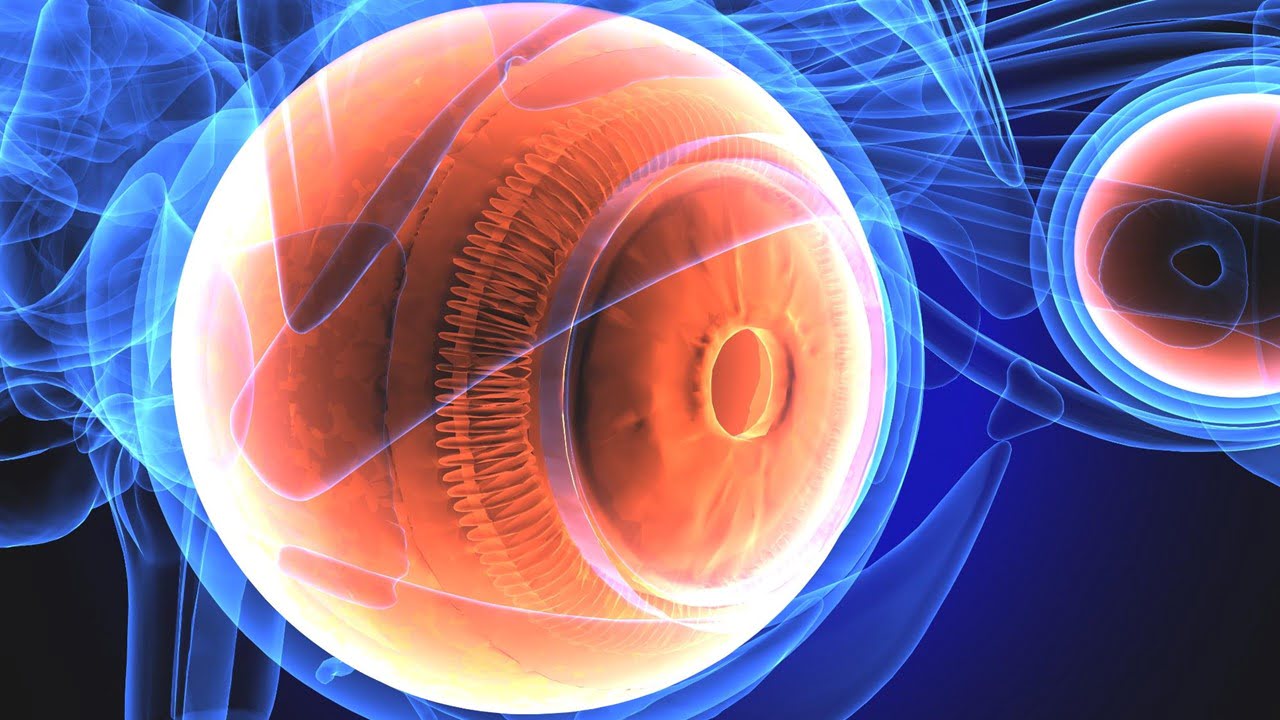
A collaborative effort is underway to push the boundaries of vision restoration through whole-eye transplantation. This ambitious project involves a diverse team of scientists and clinicians working together to overcome significant technical challenges and bring this groundbreaking technology to fruition. Key Research Areas: Neural Interface Technology: Developing advanced electrode interfaces to precisely connect the optic [..]
Read More
Drug discovery is undergoing a paradigm shift, moving away from simplistic, single-endpoint assays toward more complex phenotypic analyses. One such powerful technique, cell painting, employs imaging to visualize cellular structures and quantify changes in cellular state. However, analyzing these complex, large-scale datasets has historically been a major bottleneck. Researchers have developed SPACe (Swift Phenotypic Analysis [..]
Read More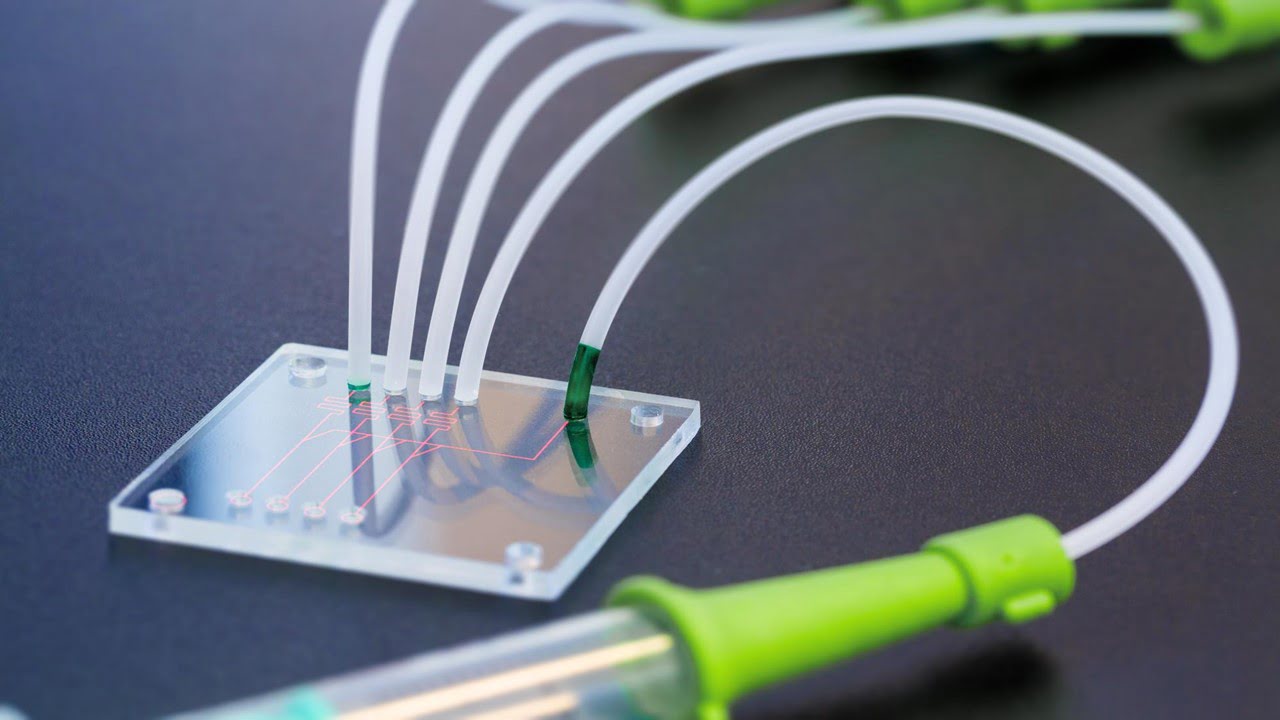
Antimicrobial resistance (AMR) is a growing global health crisis, threatening the effectiveness of antibiotics and other antimicrobial agents. To combat this issue, researchers are constantly seeking innovative methods to understand and counter the evolution of drug resistance. A recent study introduces a groundbreaking microfluidic system that dramatically speeds up the study of AMR. By concentrating [..]
Read More
Silicon photonics, a cornerstone of modern optical communications, has served us well for decades. Yet, as we push the boundaries of technology, its limitations are becoming increasingly apparent. A recent study highlighted the urgent need to explore alternative materials and configurations for optical modulators. The Silicon Ceiling While silicon photonics has enabled significant advancements, it [..]
Read More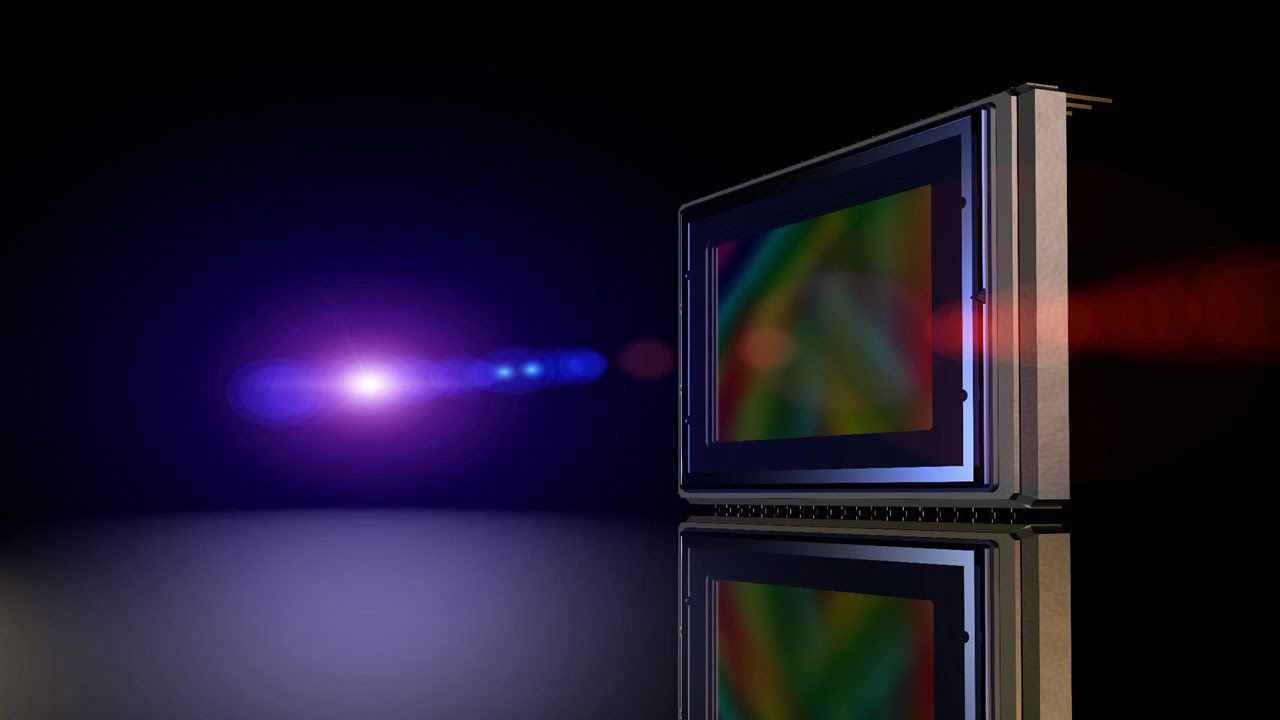
Lightning, a breathtaking display of nature’s power, remains a complex phenomenon scientists are still unraveling. As our planet warms, the frequency and intensity of lightning strikes increase, making it crucial to understand and predict these events. Researchers have turned to innovative technologies to gain deeper insights into lightning’s behavior. A recent breakthrough involves an event-based [..]
Read More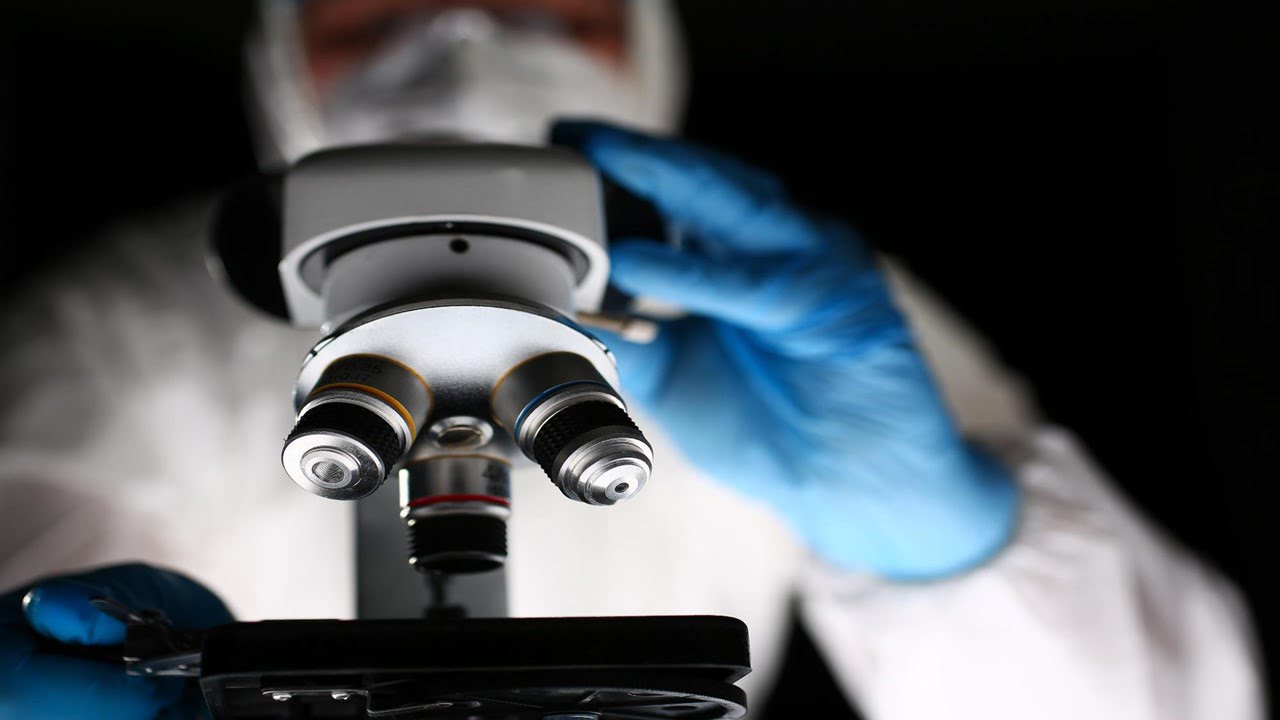
A research team has unveiled a novel method for capturing high-resolution fluorescence microscopy images through complex scattering media. This innovative approach leverages the power of conventional widefield fluorescence microscopes to overcome the limitations imposed by light scattering. Light scattering, a common phenomenon in biological and other complex samples, often obscures the underlying structures of interest. [..]
Read More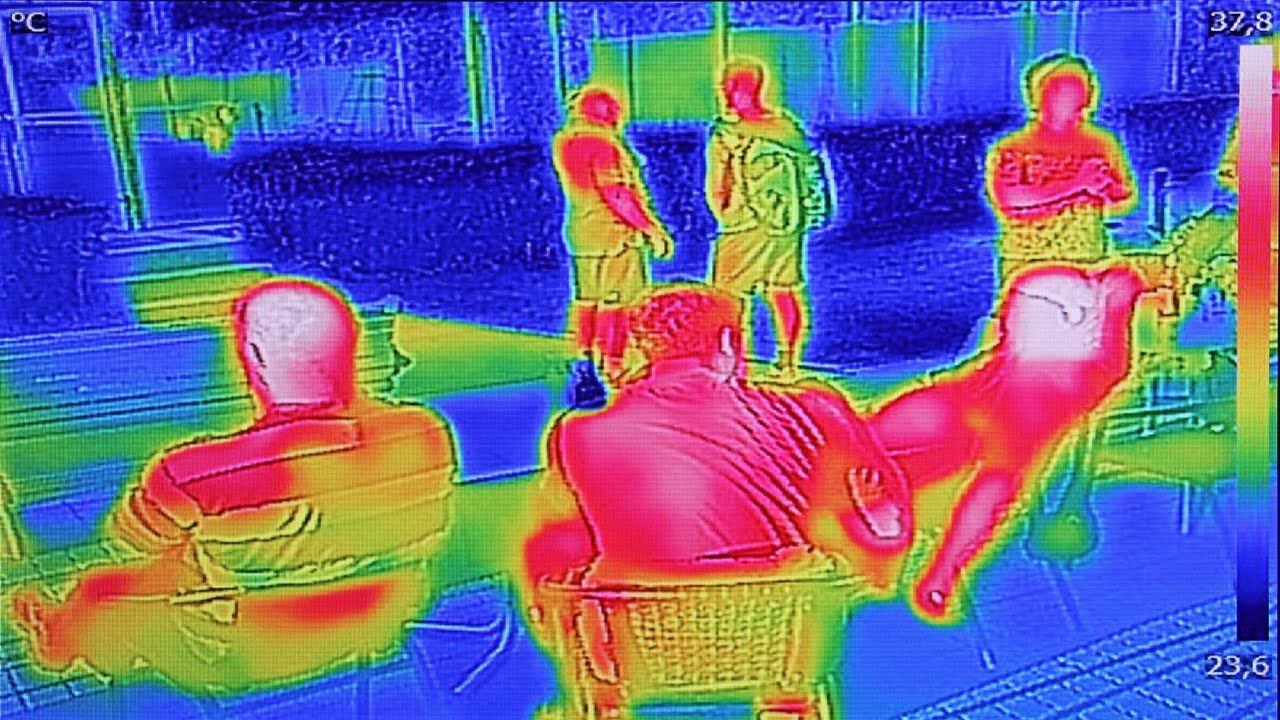
Thermal imaging technology monitors the temperature of fruits and vegetables before and after harvest. This helps reduce food waste and improve the quality of produce. In some environments, thermal imaging can replace old-school thermometers. The research discusses how thermal imaging technology works by detecting temperature variations. This allows farmers and produce handlers to identify fruits [..]
Read More
Researchers have developed a groundbreaking microfluidic platform, ReSCUE, that offers unprecedented control over the shape and behavior of tumoroids, 3D cell cultures that mimic real tumors. This innovation opens new avenues for cancer research, particularly in understanding the impact of tumor shape on cancer cell behavior and aggressiveness. While traditional cancer research often focuses on [..]
Read More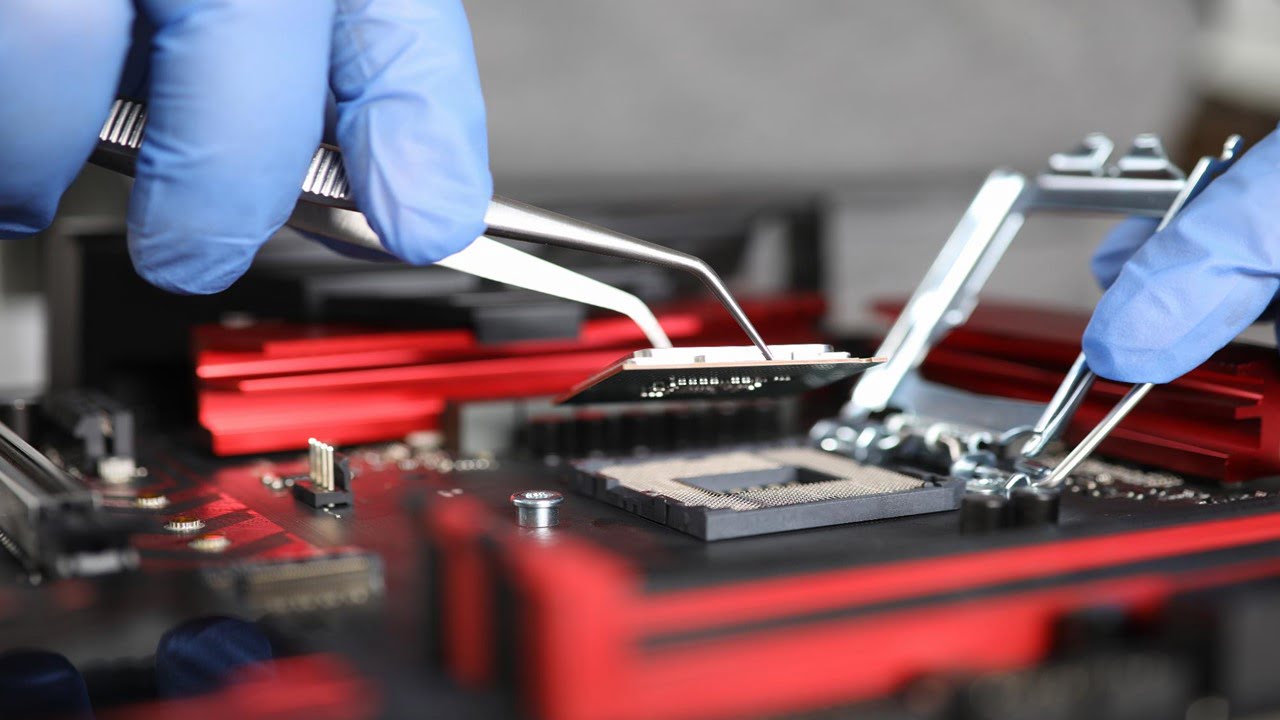
The human body is a complex system; monitoring its health vitals is crucial for early disease detection and prevention. However, traditional monitoring methods can be cumbersome and uncomfortable for patients. This is where biointegrated, flexible, stretchable optoelectronics come in. Biointegrated flexible, stretchable optoelectronics are a new class of devices that can be seamlessly integrated into [..]
Read More
Traditional computers rely on electrons to transmit information, which can limit their processing speed. However, a new frontier in computing is emerging – photonics – which utilizes light for data transmission. A recent breakthrough in 3D integrated photonics has paved the way for a new generation of photonic processors that can tackle complex problems significantly [..]
Read More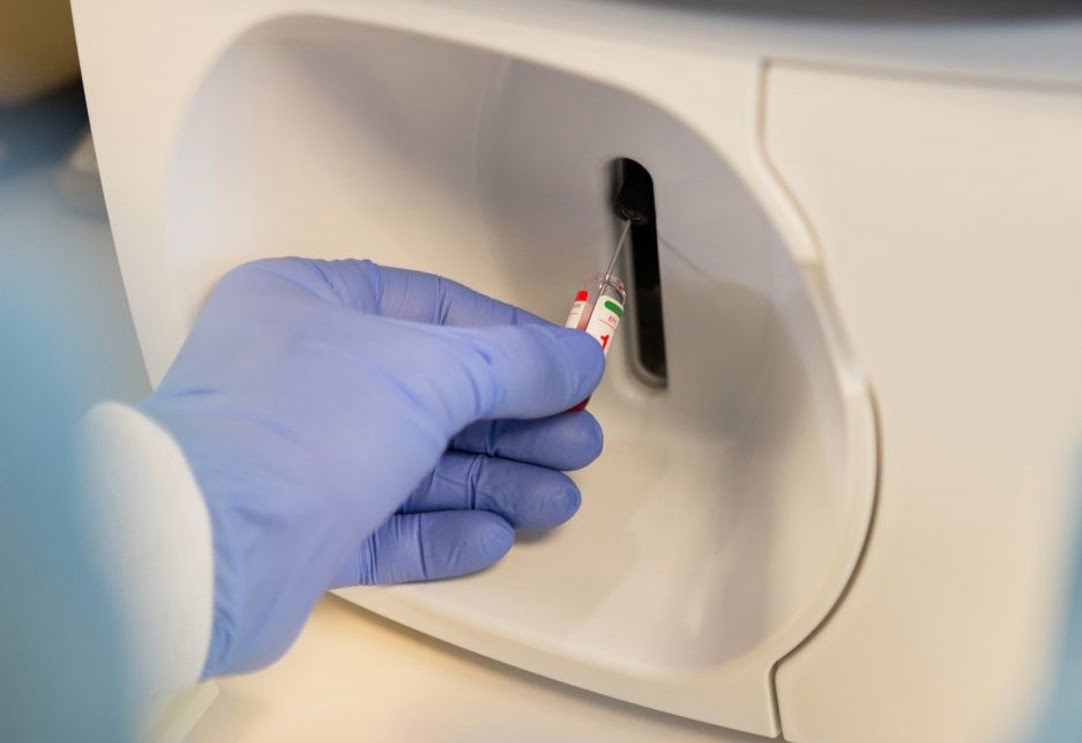
Lead exposure is a serious public health concern, particularly for children. Traditional methods for detecting lead exposure can be time-consuming and expensive. This research highlights two promising advancements in lead exposure detection that utilize innovative applications of optics and photonics. The first technique leverages portable X-ray fluorescence (XRF) analyzers. XRF spectroscopy is a non-destructive analytical [..]
Read More
Contactless hand biometrics, a technology that captures 3D images of hands for identification purposes, has gained significant attention in recent years. While it offers the potential for more secure and convenient authentication, its application in forensic investigations is still in its early stages. A recent study has highlighted the limitations of contactless hand biometrics in [..]
Read More
A recent study has shed new light on the early stages of substance use. Researchers used a specialized type of MRI, called neuromelanin-sensitive MRI, to examine the brains of young adults who had a history of extensive alcohol and drug use. Neuromelanin is a pigment in certain brain areas, including the midbrain, where dopamine is [..]
Read More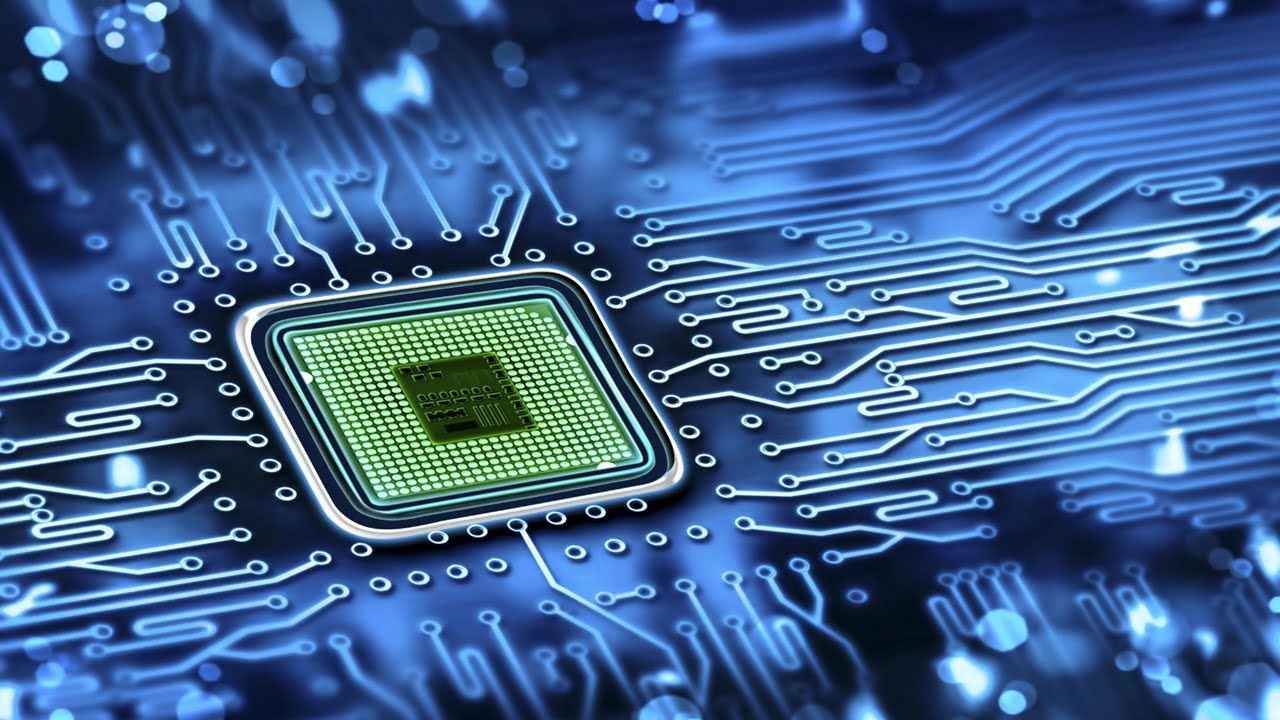
Optical tweezers are powerful tools that use light to trap and manipulate microscopic objects. They have a wide range of applications in biology and medicine, but current integrated optical tweezers have limitations. New research discusses a new approach that uses integrated optical phased arrays (OPAs) to overcome these limitations. The OPA system can trap and [..]
Read More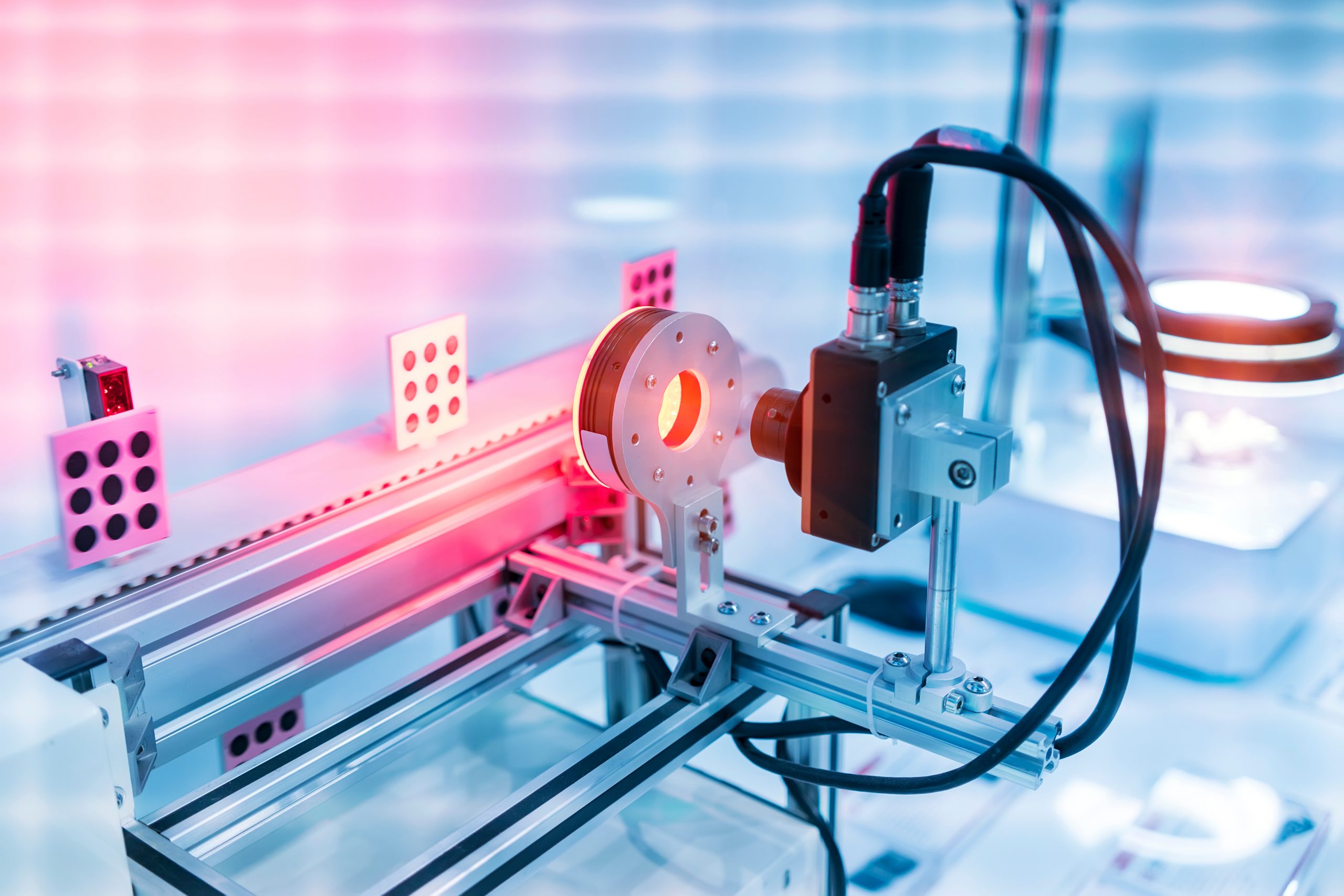
Event-based cameras, also known as neuromorphic sensors, have garnered significant attention in machine vision due to their energy efficiency and high temporal resolution. However, a critical limitation has hindered their widespread adoption: their inability to capture information on the edges of objects parallel to the camera’s motion. This issue can significantly impact the performance of [..]
Read More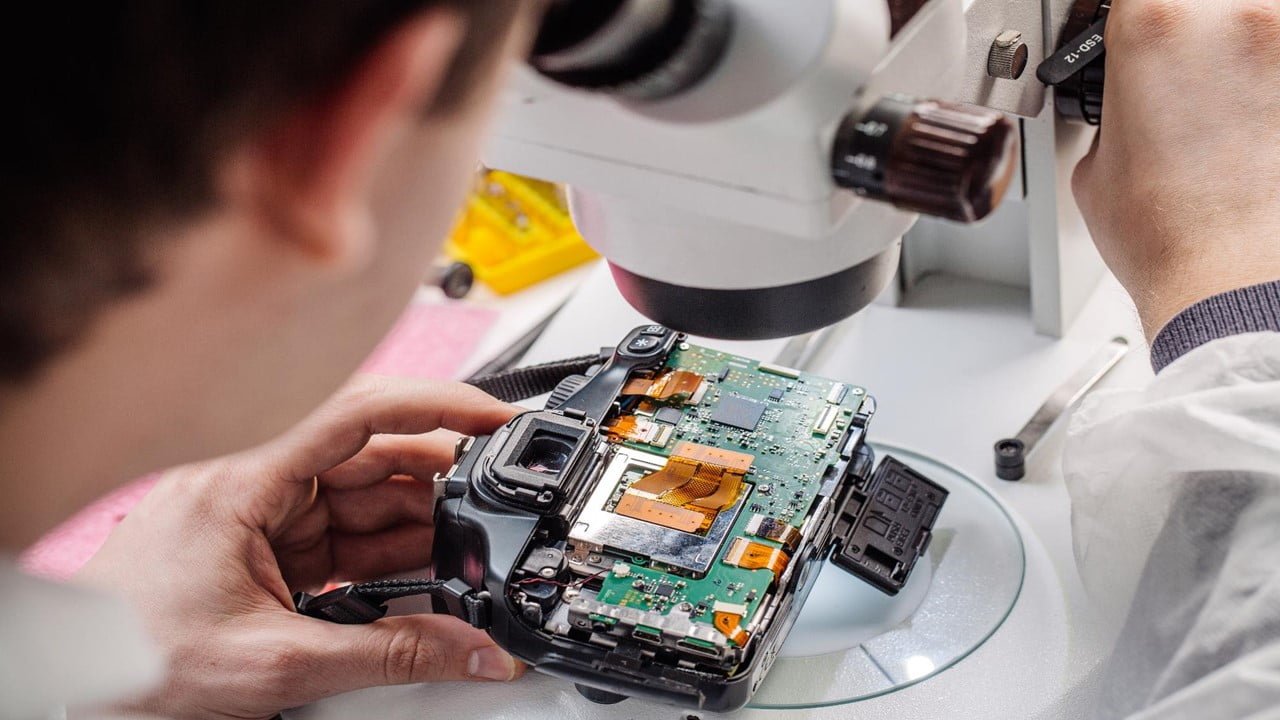
Researchers have developed a wearable device that uses light to kill bacteria in chronic wounds. The ACEL mPDT device is powered by the wearer’s movements and designed to be safe and effective for treating wounds infected with MRSA. The device is made of a flexible material that conforms to the body. It contains a hydrogel [..]
Read More
Generating laser light in the green spectrum has traditionally been challenging due to the limitations of conventional laser designs. This spectral region, known as the green gap, lies between the more easily achievable red and blue wavelengths. A recent study presents a groundbreaking technique for overcoming this hurdle. Researchers have successfully employed Kerr optical parametric [..]
Read More
In integrated photonics, achieving high-coherence parallelization is a topic that has garnered significant interest. A new study presents a novel approach to accomplishing this feat. The researchers leverage self-injection locked microcombs to injection lock distributed feedback (DFB) lasers. This ingenious strategy paves the way for creating high-coherence channels boasting linewidths as low as 10 Hz [..]
Read More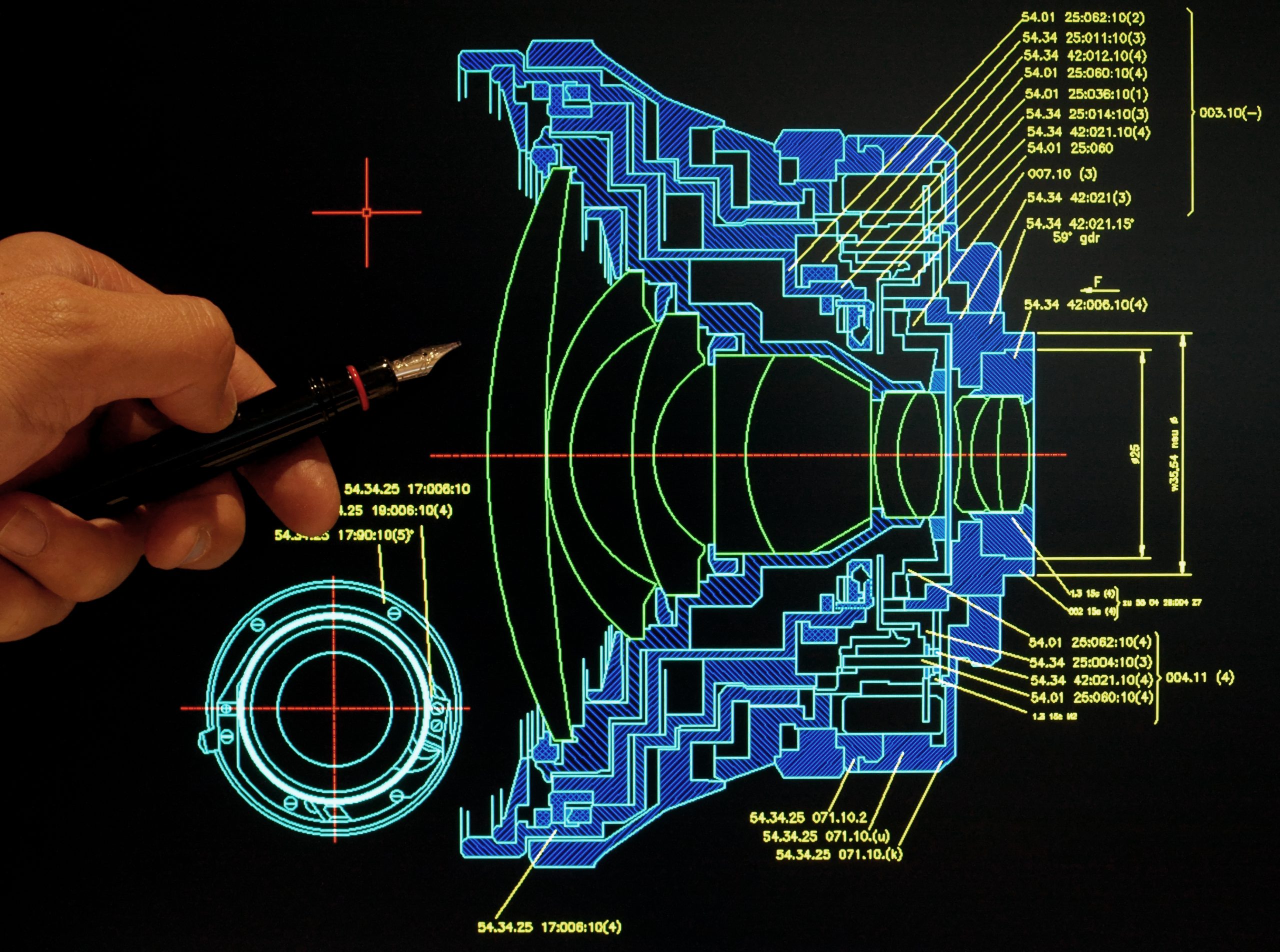
New research discusses a groundbreaking new optomechanical method for neuronal stimulation and modulation. Researchers have developed a technique that utilizes a sunflower pollen grain tip as a bio-dart to stimulate neurons. This bio-dart is propelled towards the cell membrane using optical scattering force. The impact triggers the opening of mechanosensitive ion channels, ultimately leading to neural [..]
Read More
Light-sheet fluorescence microscopy (LSFM) is a cornerstone of biological research, enabling researchers to peer into the intricate world within living cells in 3D. LSFM achieves this by illuminating a thin layer of the sample with light and capturing the emitted fluorescence. While this method offers high-resolution 3D imaging with minimal photobleaching, designing the illumination beam [..]
Read More